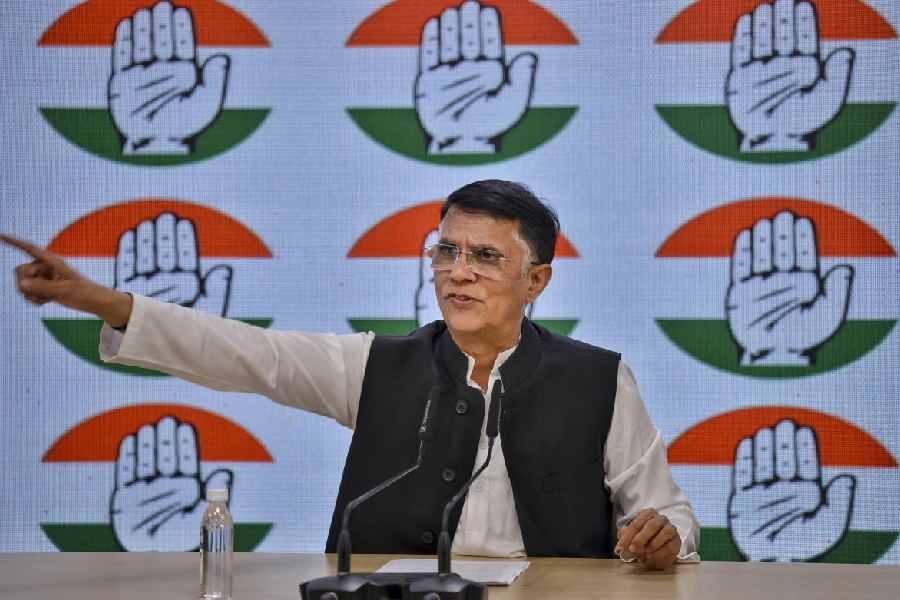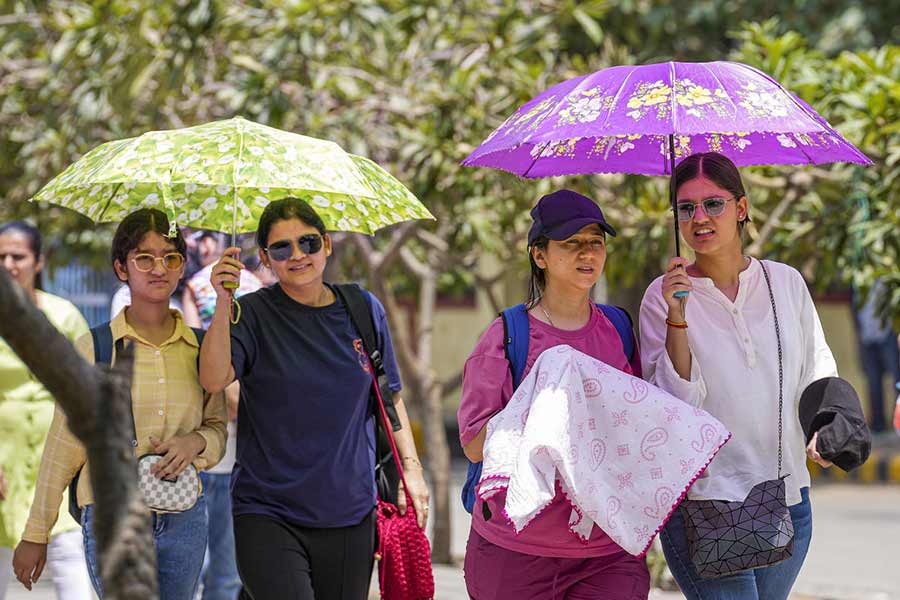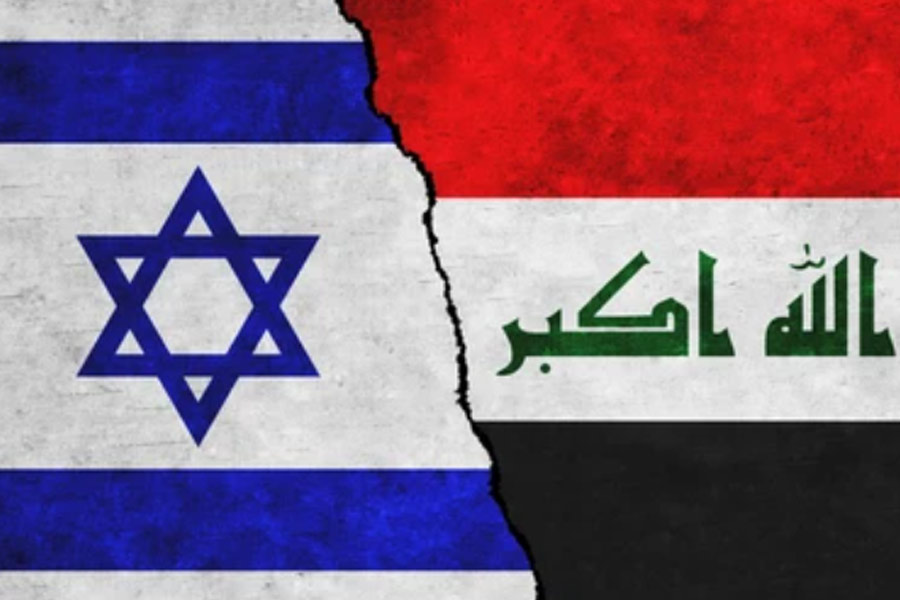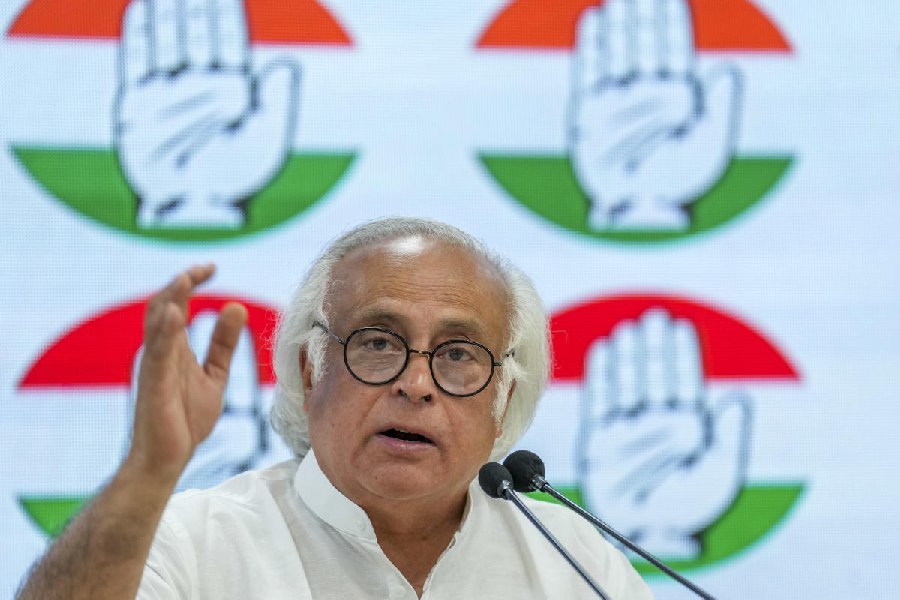 |
| Indira: Mixed fortunes |
London, March 28: The BBC has made a heavyweight new documentary on Indira Gandhi to mark the 20th anniversary of her assassination on October 31, 1984, but what is intended to be a harsh appraisal of the former Prime Minister ends up reaffirming her remarkably secular credentials.
The 80-minute documentary, Indira Gandhi: The Killing of Mother India, is a look back at one of the most painful passages in recent Indian history, which includes events leading up to the storming of the Golden Temple in Amritsar, Indira Gandhi’s assassination by two of her own Sikh bodyguards and the subsequent antiSikh pogroms in Delhi.
Produced and directed by Nick Read, who was also the cameraman, the documentary will be unveiled next Wednesday on BBC4, a new digital channel with a limited audience.
But it will get another screening later on BBC2, a terrestrial channel, and, nearer the anniversary of her death, viewers in India will be able to see the documentary on BBC World.
The documentary, made with a budget of just under £200,000, includes never-before-seen footage of Indira Gandhi’s wedding on March 26, 1942, to Feroz Gandhi, which was discovered in Massachusetts from the private collection of Norvin Hein, who had been a guest at the ceremony.
It is fair to say Indira Gandhi, as a shy but happy bride, has never looked prettier, and Rajiv Gandhi’s likeness later to his father would prove startling.
“We are very proud of getting this footage,” said Read. He admitted there were no sensational revelations in his documentary, which had pulled “known facts together”. But he said his documentary was not reluctant to come to a judgement about Indira Gandhi, which was that she was “the victim of her own dynasty”.
“Many observers saw Indira as the architect of her own demise,” he said. “Her flaws and strengths are reflected in the film — my personal view is that her flaws outweighed her strengths.”
But the film will leave the viewer with the impression that she might have survived if only she had accepted the advice of her intelligence officials that she get rid of the Sikh bodyguards in her own household. In fact, briefly they were removed.
At one point, the narrator deals with the aftermath of Operation Blue Star. “(Jarnail Singh) Bhindranwale may have perished but the fundamentalists were still intent on revenge,” says the voiceover. “When two of Indira Gandhi’s security guards were recruited to their cause, her fate was sealed.”
The narrator goes on: “Before Indira returned from Kashmir, her intelligence advisers had insisted all Sikhs be excluded from her household security. She dismissed the proposal out of hand as being inconceivable in a secular state.”
The impact of this one sentence might be to encourage most Indians to overlook the many weaknesses in her character, her wrongdoing, her Emergency, her autocratic nature and her fatal endorsement of Sanjay Gandhi who comes across in it as a thuggish character.
In a way, it is a pity that neither Sonia Gandhi nor her children, Rahul and Priyanka, could ultimately be persuaded to give interviews.
Indira Gandhi’s private secretary, R.K. Dhawan, says: “When she was told that the Sikh security guards had been removed, she scolded me and got very upset. She insisted they be reinstated immediately.”
At this juncture, Mala Singh, the magazine publisher and one of the more eloquent commentators to participate in the documentary, adds: “For her, India was one and she never discriminated between the communities, that’s very clear. She was brought up by a man who never did. She had that legacy.” And she didn’t remove those guards because she didn’t want to antagonise the community any further.”
Among those who put the knife in are Arun Nehru, projected as “Indira Gandhi’s first cousin” rather than as a disappointed politician with an axe to grind, and her bitter niece, Nayantara Sahgal, who slams her aunt’s Emergency and the lurch to dictatorship.
“She thought of it as a personal attack and because of that she cut me off. She could not after that accept me into her house as a member of the family. She never forgave me,” Sahgal says.
She is spot on with Sanjay Gandhi: “His style of functioning was crude in the extreme, it was corrupt in the extreme and it was evil.”
Opinions are also offered by Karan Singh, Khushwant Singh, Mark Tully and Sheila Dixit. The latter makes the point that the base for India’s economic growth and the rise of the middle classes was laid by Indira Gandhi.
The film deals with the Bangladesh crisis when the Americans, who have since reinvented themselves as champions of democracy, backed Pakistan despite the Pakistani military’s genocide in East Pakistan and the subsequent flow of millions of refugees into India.
Indira Gandhi’s appeal “the quarrel is not between India and Pakistan, it’s between the military regime in Pakistan and its own people” was ignored by President Nixon who chose to back US ally Pakistan.
Former Prime Minister I.K. Gujral tells the programme: “Kissinger some years ago told me in private, ‘You know Nixon and I hated her guts, but we respected her boldness to defend her nation’s interests’.”
Dhawan’s comment “we will not have another like her for centuries” can be taken both ways. But there are a couple of quotes from Indira Gandhi which will find a new resonance in a country whose secular credentials have been challenged in the past 20 years.
Despite Read’s attempts to be hard on Indira Gandhi, his documentary, ironically, explains why the Americans hated her.
At a rally, she said: “I am proud of India. I am proud of Indian nation, I am proud of Indian people, and I think that as Prime Minister it is my duty to see this Indian pride remains, to see that nothing is done anywhere, in any corner of the world, which can cast any question on this character of the Indian people.”
Read also includes her last speech in Orissa where she foresaw her death. At his studio today as he made last-minute adjustments before transmission, Read told The Telegraph: “I found her complex and fascinating.”











